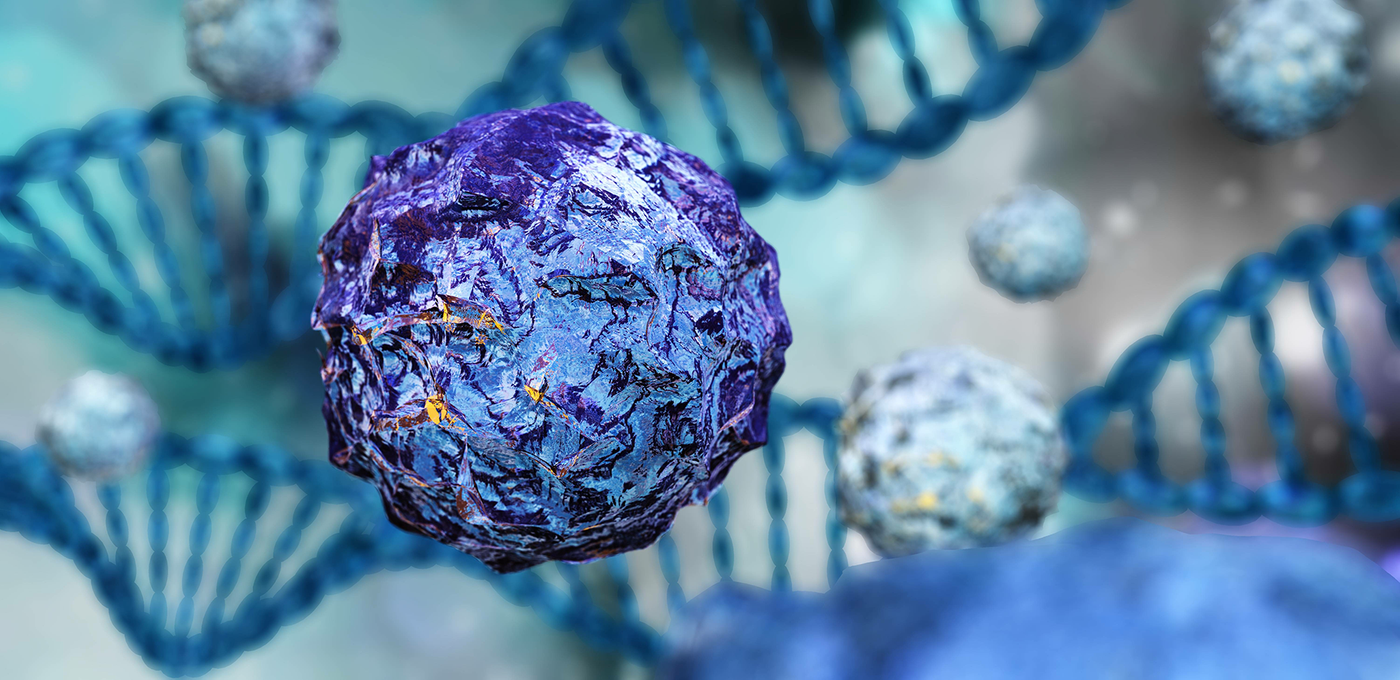Single-cell Proteomics Prevails Over DNA and RNA Sequencing
Transcriptomics studies are critical to understanding how biological systems work. However, this technique only estimates protein function and is not a direct measurement, telling researchers what might occur in a cell if it neglects post-translational modifications and protein interactions.
While commonly used and more cost effective in recent years, traditional DNA and RNA sequencing have many shortcomings. They not only require a lot of hands-on time, but are not end-to-end, and need substantial data processing and analysis.
Proteomics provides more accurate picture of in vivo biology
In contrast, proteomics identifies the levels of proteins in the cell, where they are located, and can help explain which proteins interact with each other.
Because proteins carry out cellular functions, proteomics is a more effective tool for researching disease pathogenesis, therapeutic development, and studying mechanisms of tumor resistance. For example, in cancer, researchers often look to genomic markers to understand signaling pathways, but functional adaptations can occur in the tumor that are unrecorded in genomic signatures, thus it is important to look at intracellular proteomics.
Single-cell proteomics can provide a more complete picture of heterogenous cell populations, enabling identification of cellular subsets driving disease or response in a more predictive manner than single-cell transcriptomics.
Each immune cell is different; therefore, the complete characterization of each individual cell is critical. While the transcriptome is measured via RNA sequencing, and surface phenotype is measured via flow cytometry, the complete cellular definition is incomplete without measuring extracellular cytokines that are doing the work in tumor immunology.
Uncover more meaningful data with IsoPlexis' technology
For single cells, IsoPlexis fills the gap as the only technology to directly detect functional cytokines that matter. We offer affordable single-cell and bulk solutions in a fully automatic, end-to-end solution to achieve a direct protein readout:
- IsoCode Solution: Our proprietary and patented IsoCode chips are at the core of our technology. With IsoCode, you can analyze proteins both extra- and intracellularly at the single-cell level, unlocking a higher level of resolution than conventional techniques. IsoCode chips work by detecting 30+ cytokines per cell, measuring the functional phenotype of each immune cell. This breakthrough technical innovation allows for complete single-cell functional characterization -- something that was not possible before.
- IsoSpeak Software: Our IsoSpeak software provides an application suite supporting each of our chips. This creates an innovation and impactful end-to-end workflow and application for almost every key cell type, from early optimization to applying key, correlative insights and visualizations. Data is automatically analyzed for instant analysis and publication-ready figures.
- CodePlex Solution: A faster and more streamlined approach to generating multiplexed bulk cytokine data via a fully automated end-to-end workflow. It does this by offering a modular solution to bulk cytokine data analysis and minimizes variability from user input.
To learn more about how IsoPlexis can help accelerate your therapeutics, visit our Single-Cell Proteomics Blog.









